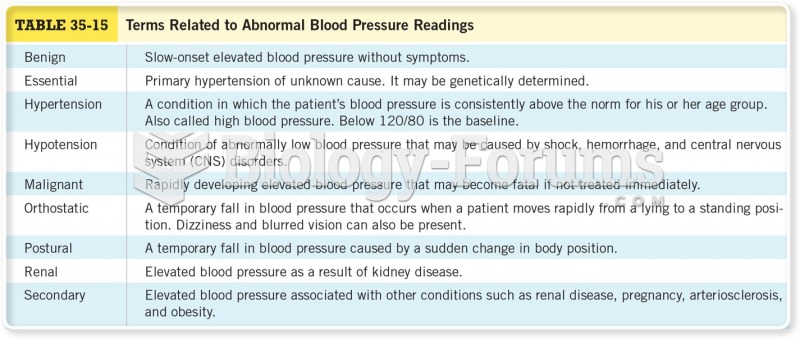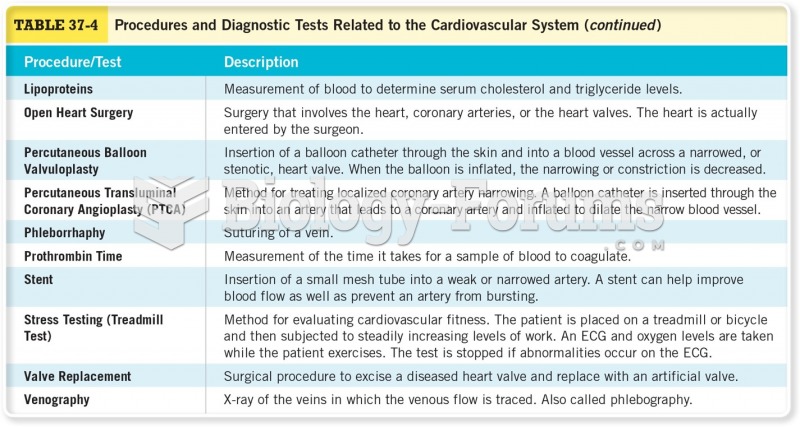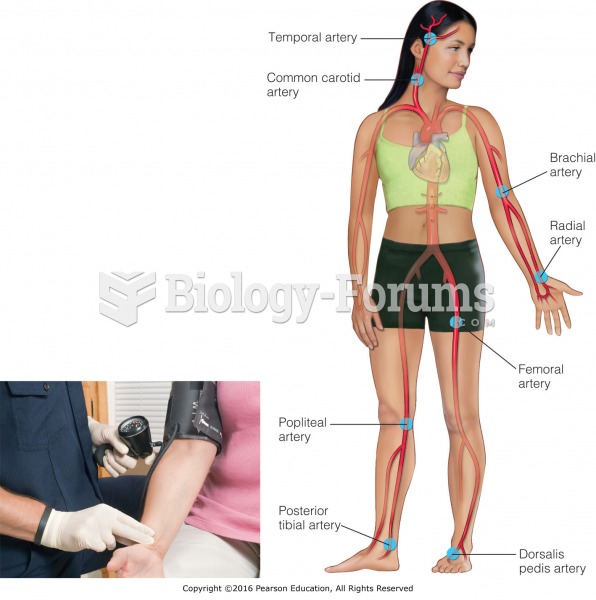Answer to Question 1
People who are wealthy, well educated, and have high-paying jobs are much more
likely to be healthy than are poor people. As people's economic status increases, so
does their health status. The poor have shorter life expectancies and are at greater
risk for chronic illnesses such as type 2 diabetes, heart disease, and cancer, as well as
infectious diseases such as tuberculosis. Children born into poor families are at much
greater risk of dying during their first year of life. Most of the poor do not receive
preventive medical and dental check-ups; many do not receive adequate medical care
after they experience illness or injury. Many high-poverty areas lack an adequate
supply of doctors and medical facilities. Some charity clinics and hospitals may
provide indigent patients (those who cannot pay) with minimal emergency care but
make them feel stigmatized in the process. For many of the working poor, medical
insurance is out of the question. Good health is basic to good life chances; in turn,
adequate nutrition is essential for good health. Hunger is related to class position and
income inequality.
Answer to Question 2
The United States has two nationwide public health insurance programs, Medicare and
Medicaid. Medicare is a program for persons age 65 or older who are covered by
Social Security or who are eligible and buy into the program by paying a monthly
premium. Medicare pays part of the health care costs of these people. Medicaid, a
jointly funded federalstatelocal program, was established to make health care more
available to the poor. Today, both the Medicaid program and the Medicare program are
in financial difficulty. There are fewer stigmas attached to receiving Medicare, a
program viewed as taking care of the deserving who have paid into it. Medicaid is the
subject of more debate and is stigmatized as going to those who are undeserving or are
taking advantage of the system. Doctors often refuse to take Medicaid patients
because of the extensive paperwork involved and the reduced payments for services.







